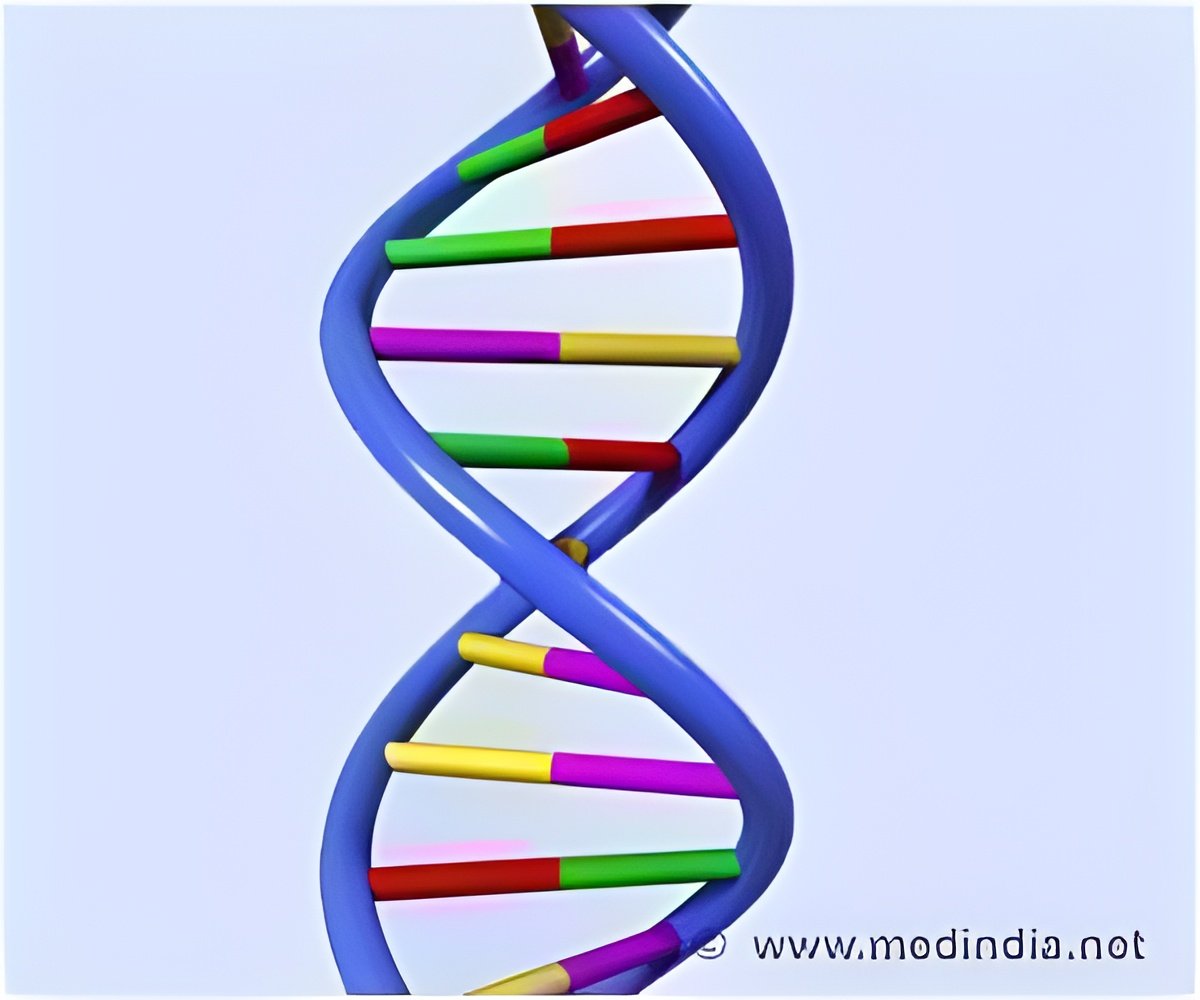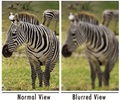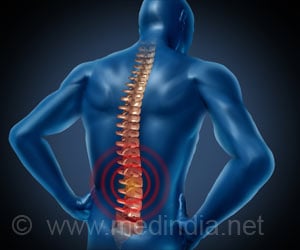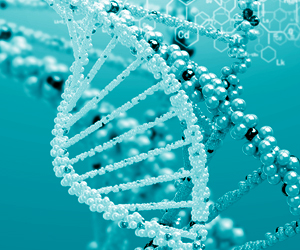
This similarly applies to human carriers of a mutant c-Maf gene. People with such a mutation suffer already at a young age from cataracts, a clouding of the lens, which typically affects the elderly.
The patients, as demonstrated by Professor Carmen Birchmeier and Dr. Hagen Wende in collaboration with Professor Gary Lewin and Dr. Stefan Lechner, have difficulty holding objects such as a sheet of paper as a consequence of this mutation.
"c-Maf is an important gene for the development of the peripheral nerve cells," Professor Birchmeier, a developmental biologist, commented on the findings of her research group.
The gene controls the development of neurons that detect touch, the mechanosensory neurons. Previously, c-Maf was known as a key regulator of lens development.
Furthermore, the gene is also active in the dorsal root ganglia, an aggregate of nerve cells next to the spinal cord in which the cell bodies of mechanosensory neurons are localized.
Advertisement
These axons detect mechanical stimuli, which in turn are converted into electrical signals and transmitted to the brain. When you stroke your fingers over a surface, its structure triggers high-frequency vibrations in the finger, to which specific touch receptors, the Pacinian corpuscles, respond.
Advertisement
The mice are therefore unable to recognize high-frequency vibrations. The same is true for a Swiss family with an inherited mutant c-Maf gene.
The consequence is that the affected patients develop cataracts at an early age and have an impaired sense of touch.
Source-ANI











